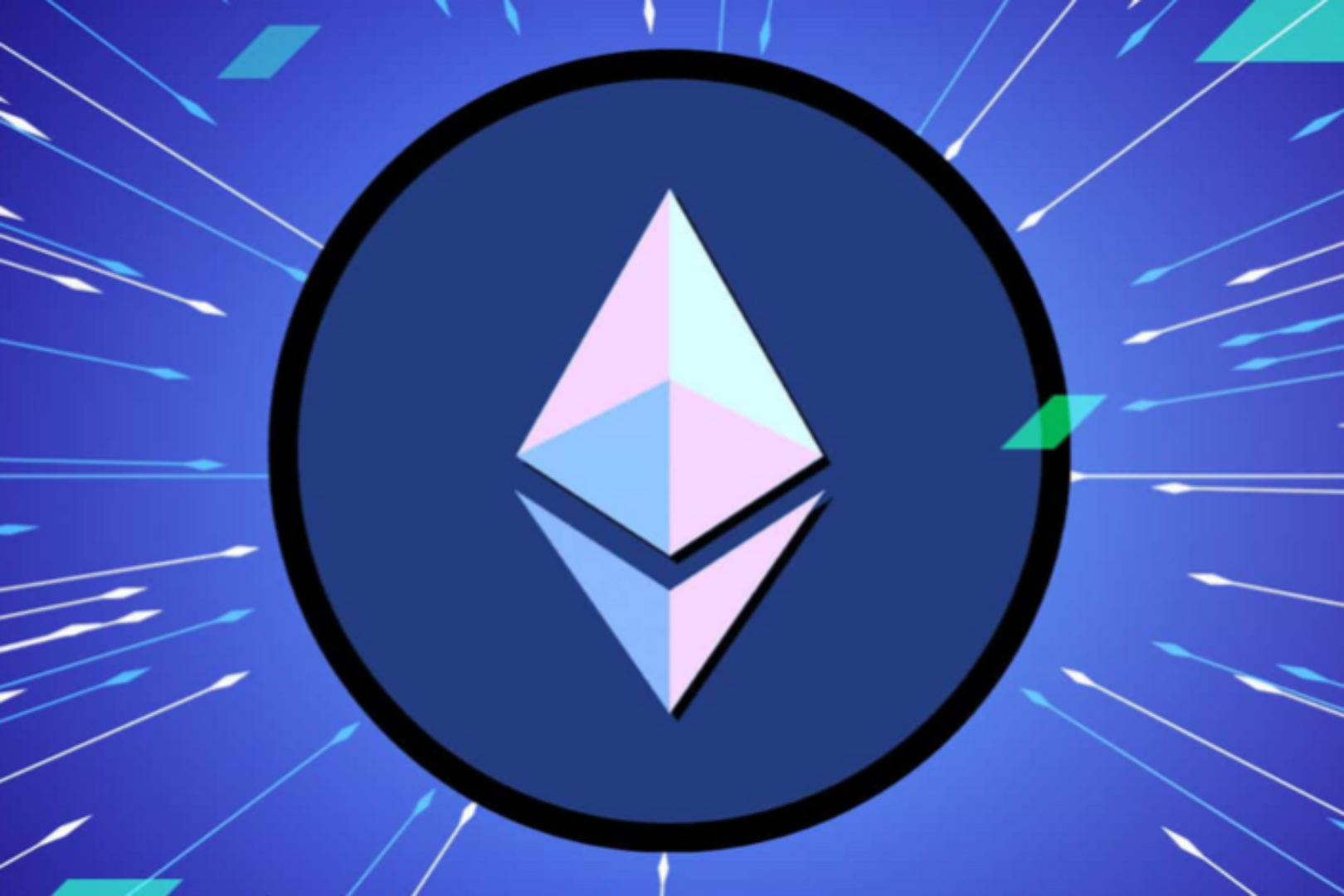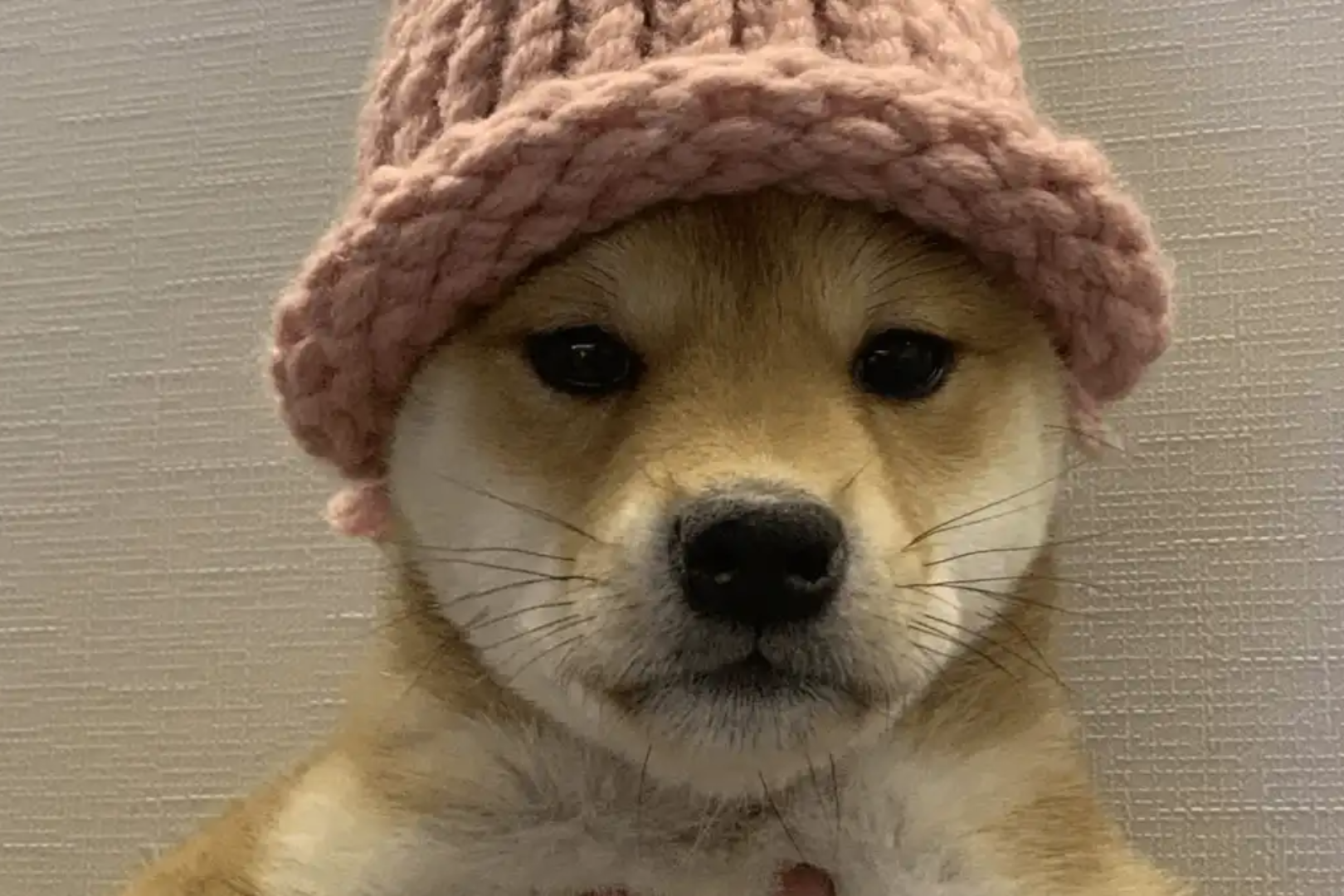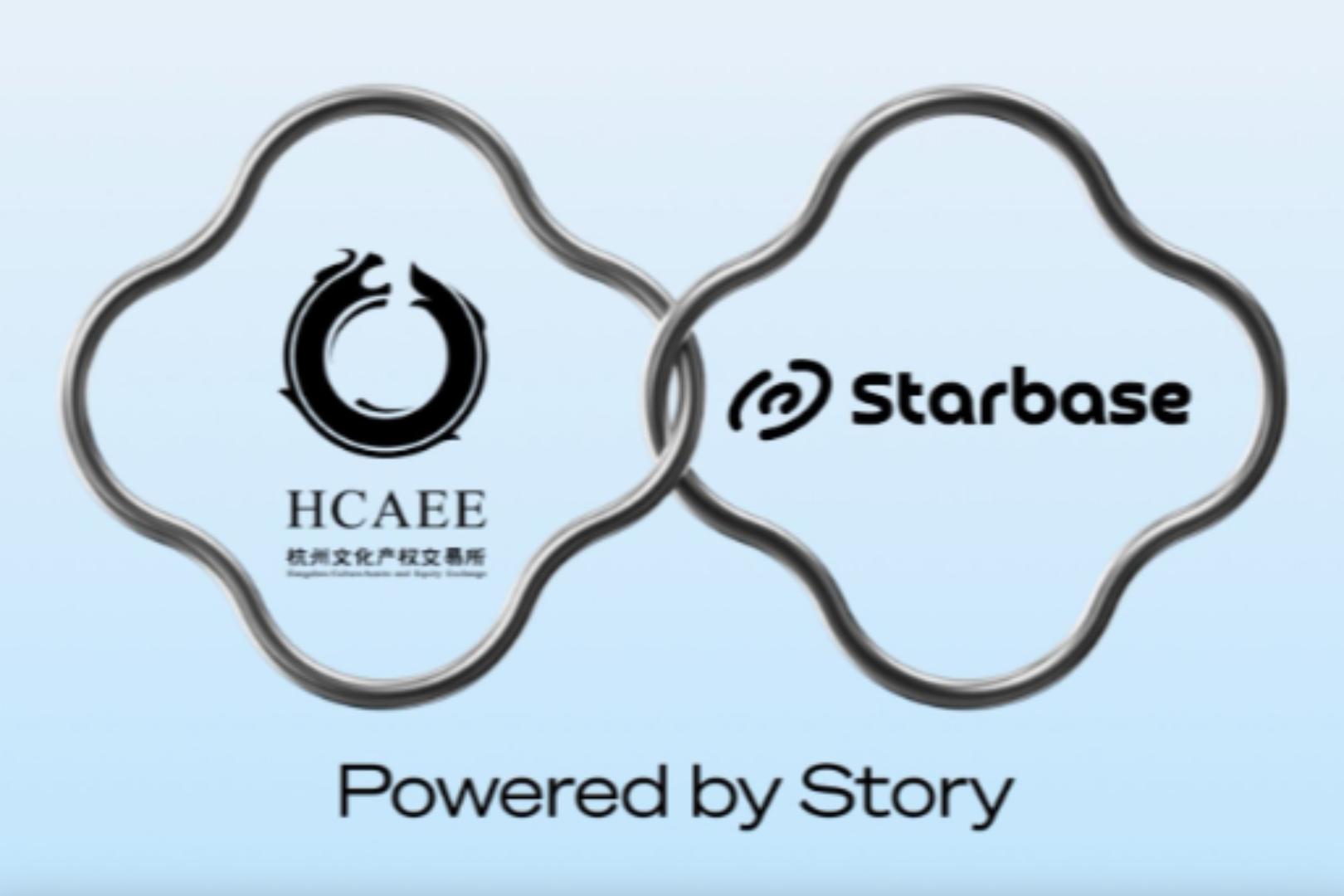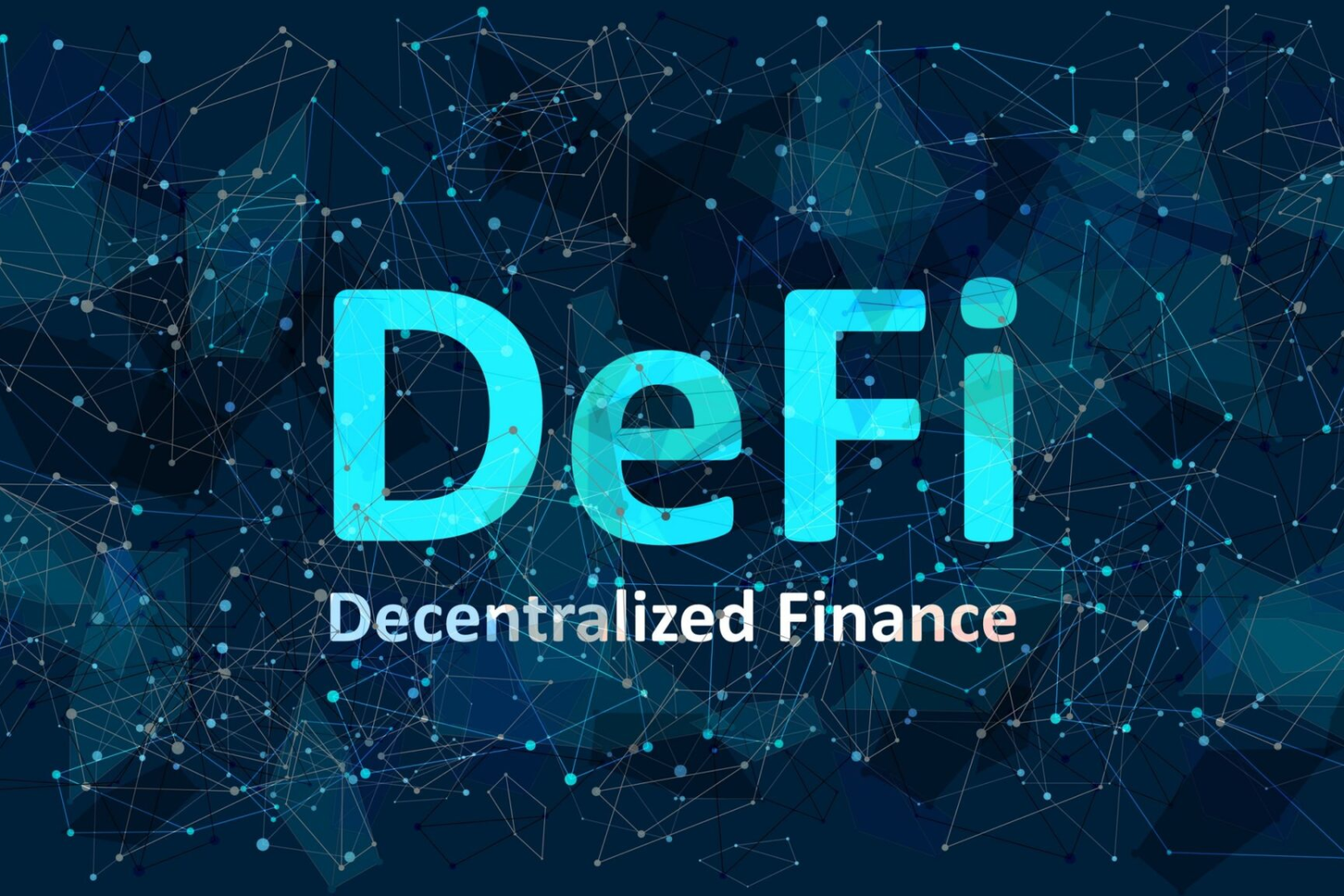"There is no doubt that the decentralized platform needs to be responsible for the infringement of users."
- Katt Gu, Head of Compliance, Dimension
Since January 25, 2021, the BCA team found a"theft"。
CyberVein has newly developed a platform called CROSS, which has a total of 58 plagiarized works from the BCAEX platform, of which 10 are original and copyrighted Bitcoin series by BCA studio, and 48 are original works of artists signed by BCA .
Anyone who has followed the BlockCreateArt platform should know that since 2018, BCA's Bitcoin series of encrypted art works have been born. From an idea to an original encrypted artwork, and a series derived from it, this is the hard work of an entire team. Artists who trust BCA and entrust their works to the BCAEX platform have become victims for no reason.
We quickly think of similar infringement incidents encountered by the Opensea platform:
Trevor Jones, the artist who authored the programmable artwork "Eth Boy", discovered the unauthorized artwork "Satoshi" on the OpenSea platform, so he sued OpenSea on Twitter, expressing his hope that the platform would remove this FAKE work immediately. The attitude of OpenSea's reply is very clear:"Thanks for reporting such behavior to us, as mentioned, we immediately removed the work"。
When BCA encountered the same situation, like Trevor Jones did, BCA first contacted the person in charge of the CROSS platform and reported the situation to the other party.
What is disappointing is that after learning about the situation, the CROSS side chose this way of handling:
1. Refuse to remove 58 infringing works;
2. insist"Decentralized platforms have no right to remove user content";
3. After receiving the report, quickly change the webpage to "BETA (test) version";
4. Still continue to upload infringing works, and intensify the implantation of the CyberVein brand logo.
If this infringement is ignored, then what CROSS claims in social media"The auction platform with the most abundant types of NFT", Is it an unprincipled fraud?
And are the 58 infringing works that appeared on the CROSS platform really the spontaneous behavior of users as they said?
We are here to try our best to restore the whole picture of the incident. I believe everyone will have their own judgment about the truth.
First of all, the works of art stolen from the BCAEX platform appearing on the CROSS platform have been"secondary creation". This"secondary creative process"It actually joined the official LOGO of the CyberVein platform. Is this really a user behavior that has nothing to do with the CROSS platform?
Secondly, thanks to the transparency of blockchain technology and the irreversibility of on-chain operations, we can also clearly check the behavior of users who upload works.
The survey shows that there are a large number of NFT forgery users on the CROSS platform, and these users manufacture NFT at an average rate of one per minute. Does this prove that this is a non-manual machine operation?
So far, the CROSS platform has experienced "large-scale genetically modified NFT casting behavior", which cannot be denied. Such phenomena are common in the NFT field, but the platform does nothing about it. After all, it is strictly adhering to the fine tradition of "decentralization" in the blockchain world , or the illegal behavior of infringing on the rights and interests of others with decentralization as sugar-coated beautification.
In any case, the actions of the plagiarists are very stupid, and the final end of this kind of platform is to be firmly resisted by relevant organizations in the industry and all practitioners.
And BCA will definitely take the lead in counterattacking.
In response to this copyright infringement incident, BCA is responsible for all users, for all artists who have authorized BCA's works, and for its own original works. Therefore, after the communication was invalid, the BCA legal team has issued a lawyer's letter to CROSS and the main body of CyberVein, Shenzhen Shumai Distribution Technology Co., Ltd.:
In view of this, we solemnly inform Shenzhen Shumai Distribution Technology Co., Ltd., the main body of CROSS platform and CyberVein platform:
1. Please delete the relevant infringing pictures from the webpage https://cycross.io/#/individualIndex operated by your company within three working days from the date of receiving or seeing this letter, and at the same time provide a written explanation of the incident reply;
2. Please contact Beijing Bochuang Qianyi Culture Development Co., Ltd. within five working days of receiving or seeing this letter, and make a solemn apology, and publish it directly in public media, including your company's website, official account, etc. A public apology statement in both Chinese and English.
If the infringement is not stopped according to the requirements of this lawyer's letter, the BCA team will investigate the company's infringement liability according to law.
————————————————————————————————————————————
Finally, BCA also told the relevant practitioners in the industry about the incident and conducted interviews with them. The Q&A content is also published below:
Q&A
What do you think of this plagiarism of NFT artwork on a certain website?
Katt Gu, Head of Compliance at Dimension:
There is no doubt that the platform needs to be responsible for the user's infringement.
Rhythm BlockBeats content editor Sleepy:
This has caused harm to the entire industry, because the platform has plagiarized the works of a large number of artists, including Beeple and Jones, which is using "no copyright awareness + pure business model" to challenge the bottom line of art; but from another From a perspective, this plagiarism has united artists from all over the world to fight against such a bad behavior.
Cao Yin, Managing Director of the Digital Renaissance Foundation:
This is the suicide behavior of plagiarists. It is very stupid. Art collection is a very social behavior. Buying and collecting plagiarized works and counterfeit works will not only cause collectors to suffer economic losses, but also make collectors in the community. Therefore, any art platform that sells plagiarized works and fake works will not be interested in collectors, and no artist will be willing to cooperate with such a platform. Those platform operators who condone or even personally participate in plagiarism can be said to understand neither encryption nor art.
BCAEX platform artist IOYOI Hong Sicheng:
Arbitrary use without copyright authorization may mislead others into thinking that the author authorizes the website. If some collectors subscribe without verification, it will be a great harm to encrypted art, especially if foreign collectors do not know the artist. I will mistakenly think that the encrypted address was created by my own artist, so whether it is a social networking site, the artist must clearly announce the address or write out the cooperative gallery, so that smarter people can reconfirm, or on a credible BCA website subscribe.
BCAEX platform artist Ellwood:
This time, some speculative platforms misappropriated a large number of independent works for profit-making sales on their own without communicating with creators and agency platforms, and without any permission, which greatly damaged encrypted art creators Whether it is from the perspective of artistic creation, business, or morality, it is a kind of harm to creation and contempt for reputation. The platform’s anti-NFT concept of stealing intellectual property rights greatly demonstrates the unprofessionalism of the platform’s practitioners. This self-defeating practice undoubtedly reflects that the platform has no sense of cooperation.
As creators, we stand firmly against all such opportunistic creative process and illegal poaching in the free market.
BCAEX platform artist Reva:
In the blockchain world, I think this is nasty and stupid. Encrypted art book is to provide guarantee for the uniqueness of digital artwork, who is the original one, when it was released, all are engraved on the chain. Although we welcome the copying and dissemination of the content carried by encrypted art NFT, the website plagiarizes NFT data as a platform for issuing encrypted art, which is obviously trying to deceive people who have just entered the encrypted art circle.
Anonymous engineer:
The NFT environment is currently a new slot machine in the casino, and the biggest motivation comes from speculation (aided speculation or participation in speculation). Under this premise, as long as one of the speculative models can benefit, anything can happen. NFT is just a label that cannot be changed, and the original design intention was not to solve the problem of IP Theft.
Guo Cheng, content director of Screen Room:
My understanding of encrypted art is that it should be safe by itself. If the key and the work are bound, the upload time and attribution should be clear at a glance. The relevant copyright law has been perfected, and if it is stolen for commercial purposes and the amount is considerable, it will be directly brought to court.
How do you think we should resist this behavior?
Katt Gu, Head of Compliance, Dimension
Because many of the current decentralized platforms are not completely decentralized (just claiming to be decentralized), and the platform side does not have no control over the behavior of users (for example, the platform side can still warn users, Or ban the user account after multiple warnings), so, if a platform just uses "decentralization" as an excuse to get rid of its own responsibility, this is legally impossible, because the platform will need to "be responsible for" itself and users There is no binding force" to prove this matter. Moreover, if the platform builds the platform only for the purpose of infringement, or turns a blind eye to the user’s infringement without knowing it, and condones the user’s infringement, the platform is still liable for indirect infringement. These issues have been related to the United States for a long time, such as the case of A&M v. NAPSTER in 2001. The court stated that the plaintiff only needs to prove that he was informed of the occurrence of the infringement (that is, Napster knew that the user was using it without permission) (2) the defendant provided substantial support for this infringement, which can be proved to assist the infringement; similarly, if the plaintiff proves that the defendant (1) has the right and ability to supervise the infringement , and (2) has a direct economic interest relationship with the infringement, the defendant's behavior can constitute a subrogation infringement. In addition, in MGM v. Gloucester in 2005, the U.S. Supreme Court held that if a person disseminates a product with the intent (proven by express language or other definite action) to encourage others to infringe copyright, he should Liability for infringement by a third party (principle of abetting infringement). Therefore, under the current copyright law system, it is impossible for platforms to get rid of infringement liability solely on the grounds of decentralization.
Rhythm BlockBeats content editor Sleepy:
We need to go through legal channels and sanction them through legal means; after that, we need to organize activities with artists, just like what BCA intends to do, and fight back in an artistic way; finally, use social media to get more people to boycott the platform.
Cao Yin, Managing Director of the Digital Renaissance Foundation:
In fact, once it is revealed, the entire collection community and artist community will automatically stay away from the plagiarism platform, and there is no need to make any effort to resist it.
BCAEX platform artist IOYOI Hong Sicheng:
It is necessary to let foreign art circles know that such websites are fraudulent, to prevent consumers from buying them, or to promote more entities so that people can gain more trust.
BCAEX platform artist Reva:
Expose the site's plagiarized data, alert community members, and alert other encrypted art platforms.
Anonymous engineer:
Resist it with all your strength, how you resist those who buy and sell pirated Jay Chou albums, how you resist Guo Jingming, how you resist these people. But do you know the artists of NFT? If you don’t know, you can find out.
Guo Cheng, content director of Screen Room:
It is hard to imagine that there are projects that are blatantly stolen and sold today. If the law can be ruled smoothly, it will be the best warning against this kind of behavior. But the problem is that the transaction and circulation of encrypted art are more based on digital currency. I am curious how the government recognizes this gray area, and even how to understand the value of "image".
As an artist, how do you judge the reliability and security of encrypted art platforms?
Katt Gu, Head of Compliance, Dimension
At present, there are no relevant laws and regulations specifically for NFT trading platforms at home and abroad. Therefore, NFT platforms, like other ordinary network service providers, still need to abide by the current copyright law. Therefore, the responsibility of the NFT trading platform mainly depends on the strictness and enforcement of the current copyright laws of each country. As I said before, some countries in Europe and the United States have always attached great importance to copyright protection (for example, France passed the extremely strict "Internet Intellectual Property Protection Law" (Haute Autorité pour la Diffusion des OEuvres et la Protection des droits d' auteur sur Internet), which allowed ISPs to suspend a user's Internet access for a period of two months to a year if the user repeatedly downloaded copyrighted material, the law was later overturned as a "human rights violation") , there was a clear judgment on the infringement liability of the platform a long time ago, and some of the principles set out in it are still applicable today. Although my country did lag behind Europe and the United States in the importance and protection of copyright protection, after the signing of the China-EU investment agreement last year, the official clearly stated that "strengthening intellectual property protection is the biggest incentive to improve China's economic competitiveness." Recently, we have also seen To "Everyone Film and Television" and many other film and television resource websites were investigated for suspected violations of law, which is enough to show the improvement of domestic copyright awareness. Therefore, under such a background, the gap in copyright protection at home and abroad will gradually narrow, and blockchain practitioners will also benefit from this, and can use gradually improved legal weapons to protect their own intellectual property rights.
Rhythm BlockBeats content editor Sleepy:
They will first understand the word-of-mouth and reputation of the platform, search for whether similar accidents have occurred on the platform before, and how the platform solved it at that time. For a new platform, I will first understand its development team, and I personally prefer to choose a team with an artistic background; then I will understand the platform's review mechanism, including artist entry review, work release review, etc.
Cao Yin, Managing Director of the Digital Renaissance Foundation:
The first is originality. If there is any suspicion of plagiarism or forgery, I will stay away completely and never buy it, let alone systematic plagiarism. Secondly, I will pay attention to which artists are on the platform. Any artist who is serious about his art career will not cooperate with any problematic platform, so if a platform does not cooperate with any well-known artists, then this platform is suspicious , Finally, I am very concerned about the background of the platform operator, whether they have experience in the art market, whether they have graduated from a professional art school, whether they have a unique and correct understanding of encrypted art, whether they respect art, and not just put encrypted art As a tool for cutting leeks.
BCAEX platform artist IOYOI Hong Sicheng:
It is usually to check address records or cooperate with big brands or artists. These certifications are as important as crypto galleries reviewing artists, and media news can increase trust.
BCAEX platform artist Reva:
First evaluate the experience of the platform website. The sophistication of the website interface, the fluency of the interaction, and the simplicity of the process can all reflect the learning level of this platform.
Secondly, browse the market data of the platform, including artists, collectors, works and historical transaction data of works. I will go to social platforms such as twitter/Instagram/Weibo to find the accounts of artists and collectors on the platform, and observe whether they have news related to the platform. For works, I will check whether the on-chain information of the work is disclosed. If it is not disclosed, the credibility will be reduced.
Finally, check all social accounts and communities on the platform, observe the comments of social accounts, observe the governance methods of the communities and the degree of participation of members.
Anonymous engineer:
More important than safety and reliability may be how to implement traceability and accountability when unsafe situations occur, otherwise reliability and safety are not guaranteed by rules.
Guo Cheng, content director of Screen Room:
above!
above!
Block Create Art (BCA), founded in 2018, is the first brand in China to focus on artistic creation and new cultural research and development in the field of blockchain/cryptocurrency. BCA, born under the background of blockchain technology, provides a qualitative new platform for art communication. The combination of blockchain and art will be an indispensable and important puzzle in the development of art in the future.
Based on the international leading position in the encrypted art circle, BCA aims to provide encrypted artists and collectors with a high-quality collection, transaction and communication platform. BCA's open and innovative operation mode and pioneering artistic vision aim to guide the new wave of art collection. Encrypted art in the context of contemporary art has gradually been paid attention to and collected by more collectors inside and outside the circle. This phenomenon will also lead encrypted art to become an innovative branch in the context of contemporary art.
At present, the BCA brand has incubated encrypted art studio BCA Studio, China's first encrypted art NFT trading platform BCAEX, encrypted art gallery and encrypted artist promoter BCA Gallery, and encrypted art terminal BCA Display.
Established in 2018, Block Create Art (BCA) is China’s first cryptoart brand dedicated to the research / creation, scholarship and promotion of cryptoart. BCA with its innovation workshop BCA Studio, premier rare digital art marketplace BCAEX, international standard art space BCA Gallery, and cryptoart terminal hardware BCA Display, creates a multifaceted and vibrant environment for people to enjoy and benefit from the cutting edge contemporary art, as well as injects artistic and cultural power into the whole blockchain ecosystem.





